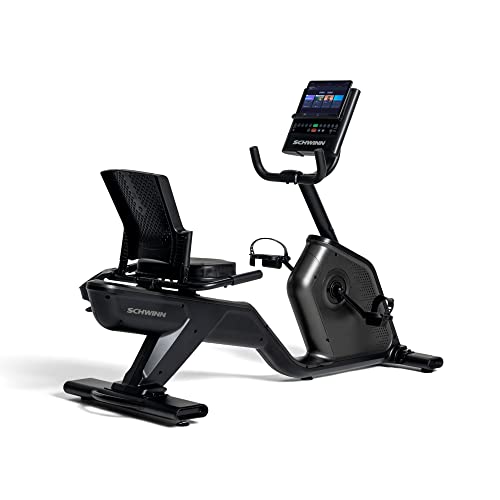You might be alright with the hydro disc if you don't open up the system. Put something in the caliper, hold it upside down, pump the lever and see what happens.
If you have to remove the hose for any reason you'll have to make sure you have the proper bleed fitting, new ferrules etc. All brands have different parts. It's not universal like car brakes.
I know when I put hydro discs on my bike when I tilted it up to move it around the crowded garage the back brake would go completely slack. They need bled again though.
Hydraulic brakes are a pain in the neck for a Rat build.
I read some of the troubles you had with the brakes on Sting Rat. Sounded like fun
I ended up getting what was called a Shimano "J-kit". The calipers and levers come pre bled and the hose is only attached to the caliper. They offer it as a retrofit option for bikes with internal routing. Not sure if the hoses will be long enough but figured I'd start with as close to completely matched and ready to go components as possible to avoid trouble.





 (But actually it stops his 89lbs bike with him weithing something like 220lbs, from going 32mph in a jiffy). If You're planning on running in speeds less than 19mph a 180 on the front & 160 on the rear might do the trick.
(But actually it stops his 89lbs bike with him weithing something like 220lbs, from going 32mph in a jiffy). If You're planning on running in speeds less than 19mph a 180 on the front & 160 on the rear might do the trick.









































